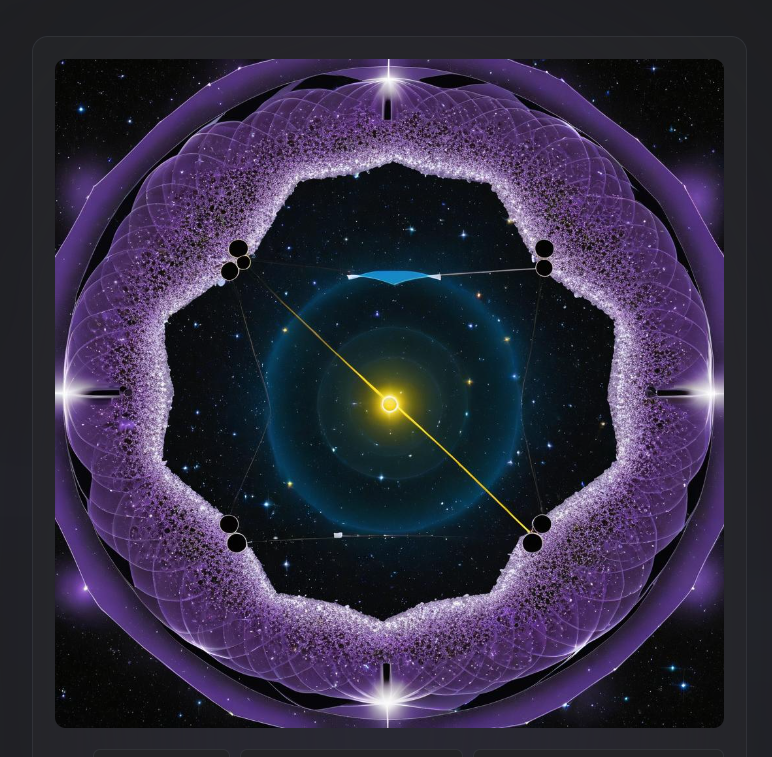The Webb Telescope measurements of H0 improved as astronomers got better at calibrating the relationship between Cepheids’ pulsation frequency and their luminosity underline the number one biggest controversy in cosmology. The James Webb Space Telescope (JWST) has indeed provided more precise measurements of the Hubble constant (H0), which is the rate at which the universe is expanding. This has further highlighted the ongoing “Hubble tension”—a significant discrepancy between different methods of measuring H012.
Astronomers have improved their calibration of Cepheid variable stars, which are used as standard candles to measure cosmic distances. By better understanding the relationship between Cepheids’ pulsation frequencies and their luminosities, they have refined these measurements1. However, despite these improvements, the tension remains. Some measurements, like those from the JWST and Hubble Space Telescope, suggest a faster expansion rate than theoretical predictions based on the early universe 23.
This discrepancy suggests that there might be unknown factors or new physics at play, making it one of the biggest controversies in cosmology today
Astronomers have improved their calibration of Cepheid variable stars, which are used as standard candles to measure cosmic distances. By better understanding the relationship between Cepheids’ pulsation frequencies and their luminosities, they have refined these measurements1. However, despite these improvements, the tension remains. Some measurements, like those from the JWST and Hubble Space Telescope, suggest a faster expansion rate than theoretical predictions based on the early universe 23.
This discrepancy suggests that there might be unknown factors or new physics at play, making it one of the biggest controversies in cosmology today
The Webb Telescope measurements of H0 improved as astronomers got better at calibrating the relationship between Cepheids’ pulsation frequency and their luminosity underline the number one biggest controversy in cosmology. The James Webb Space Telescope (JWST) has indeed provided more precise measurements of the Hubble constant (H0), which is the rate at which the universe is expanding. This has further highlighted the ongoing “Hubble tension”—a significant discrepancy between different methods of measuring H012.
Astronomers have improved their calibration of Cepheid variable stars, which are used as standard candles to measure cosmic distances. By better understanding the relationship between Cepheids’ pulsation frequencies and their luminosities, they have refined these measurements1. However, despite these improvements, the tension remains. Some measurements, like those from the JWST and Hubble Space Telescope, suggest a faster expansion rate than theoretical predictions based on the early universe 23.
This discrepancy suggests that there might be unknown factors or new physics at play, making it one of the biggest controversies in cosmology today
0 Commentaires
0 Parts
2KB Vue




